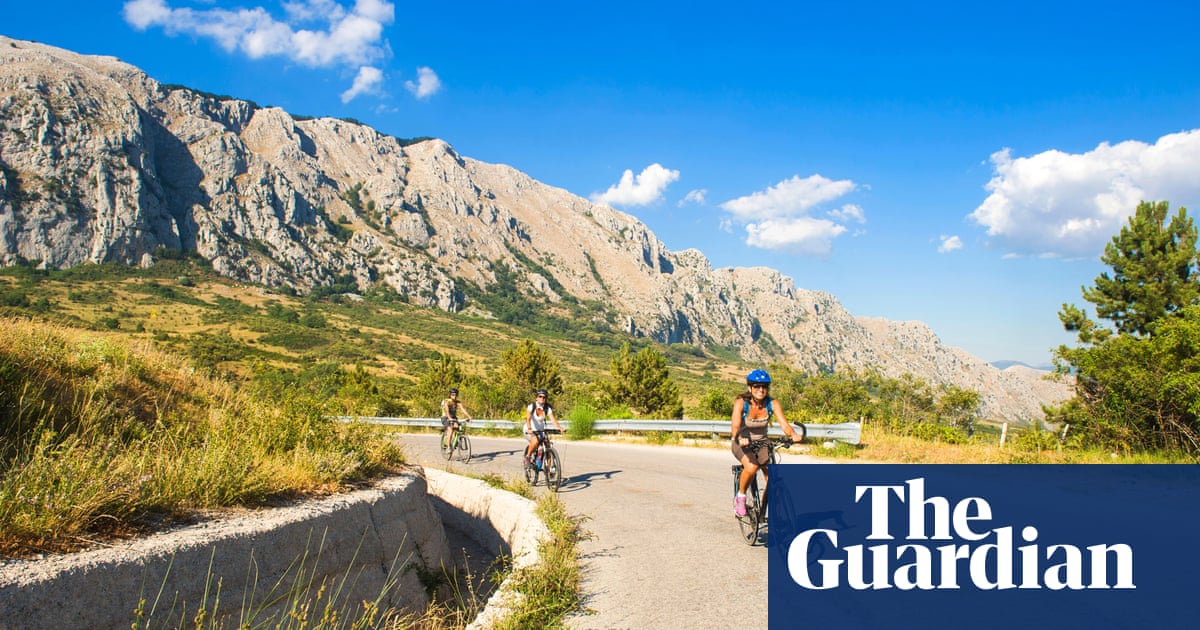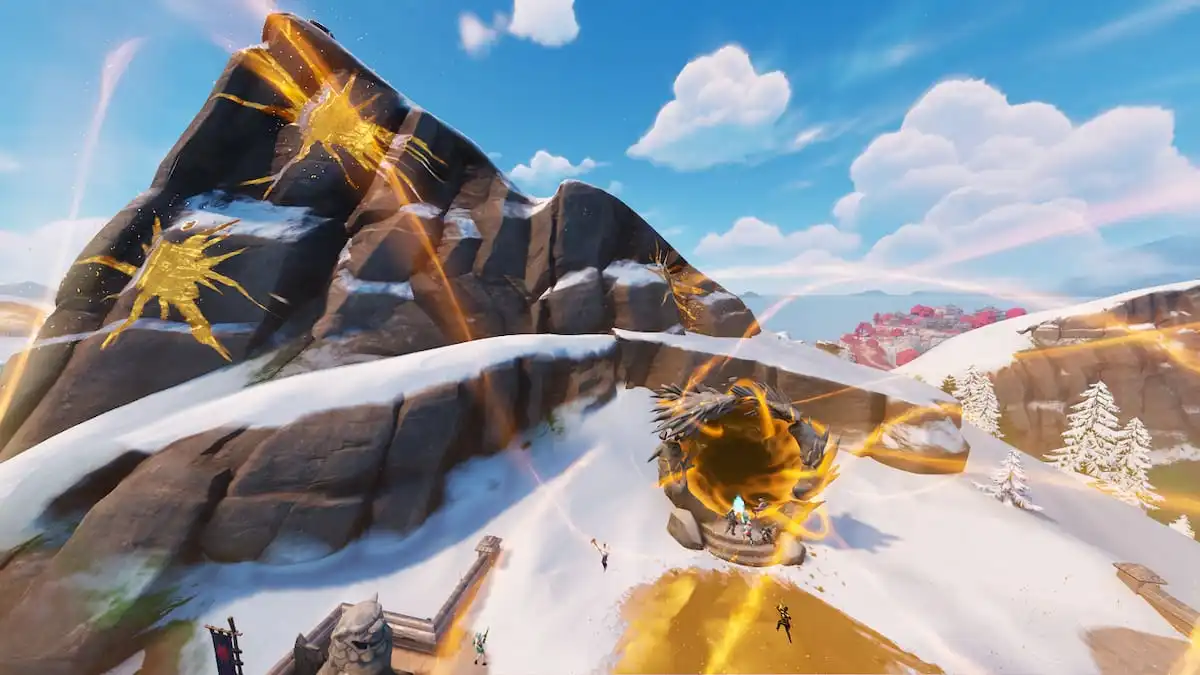Photographer Justin Katz captures Yosemite’s elusive “snowliage.”
Justin Katz PhotographyAs the seasons change from fall to winter, there’s a spectacular event that can occur in Yosemite National Park — but only if the seasonal stars align.
The annual pops of yellow, orange and red that sprinkle the valley floor and other parts of the park come from bigleaf maples, black oaks and Pacific dogwoods. When those vibrant colors get a blanket of snow, Yosemite sees “snowliage,” the picturesque convergence of technicolor fall foliage with winter’s first big storm.
“Late fall is an incredibly beautiful time of year in Yosemite National Park,” said Yosemite spokesperson Scott Gediman. “Right now, we’re seeing the end of the fall colors with some brilliant gold leaves. The river is at its lowest, so it’s very peaceful and calm. It’s a very special and quiet time. Just the last few days as we get into the late fall right before the winter comes, it’s a unique time of the year.”
Advertisement
Article continues below this ad
So far, much of 2023’s fall color has faded without a coating of snow in the lower elevations of the park. There is a chance of heavy snow in late December, but a deep Sierra Nevada freeze may knock out the color by that point.
The good news is that there’s always next year — and capturing this meeting of fall color and snow requires some planning and dedication.
Photographer Justin Katz captures Yosemite’s elusive “snowliage.”
Justin Katz PhotographyFor Alameda photographer Richard Wong, Yosemite “snowliage” is when nature really comes alive.
Advertisement
Article continues below this ad
“Toward the end of the season, you’ll have more texture,” he told SFGATE in a phone interview. “You’ll see bare branches mixed in with colorful leaves and maybe some snow on top of it. If you’re doing a detailed sort of scene, it’s much better to have that.”
Wong, who has been shooting landscapes and nature professionally for over two decades, counts the California coast, Joshua Tree and Yosemite as his regular haunts. “In my opinion, it’s one of the more beautiful times to do nature photography, on the edges of the season,” he said.
The same goes for Justin Katz. “It’s a pretty rare thing,” said Katz, a high-resolution landscape photographer who’s been to Yosemite “a few thousand times.” His resume also includes work at Zion National Park, Oregon’s Columbia Gorge, Norway, Iceland and Big Sur.
He’s seen a lot and always comes back to Yosemite for inspiration.
Advertisement
Article continues below this ad
“There’s a bunch of trees that are bare,” he said. “You have the evergreens that are all over the place. The bare trees don’t add much to the scene, so you’re kind of very selectively looking for that pop of color and what’s going to add to the photo.”
Calling it a “shoulder season” event, Katz told SFGATE professional and amateur photographers have something in common when it comes to shooting “snowliage.”
“It’s a combination of being incredibly lucky, and [having] a willingness and preparedness to go at the drop of a hat if the conditions are right,” he said. “You either get really lucky or you don’t.”
Sometimes it’s a question of getting to Yosemite Valley, which isn’t easy when wintry weather is circling. Wong recommends staying in the valley itself so your “snowliage” canvas is just steps away.
Advertisement
Article continues below this ad
If that’s not in the cards, Katz said a “go bag” full of the necessary equipment is a must.
That, and keeping tabs on the weather forecast.
“Watch the weather literally by the hour,” Wong said. “If you’re seeing an incoming major storm over a 48-hour period, [be ready]. Check hour-by-hour and see when they’re anticipating the snowstorm to hit. You want to time it so you’re there preferably right after the snowstorm hits.”
The latter is probably one of the most important elements in landing the ideal shot. “Most people don’t wake up early enough in the day [to see fresh snow],” Wong said. “Unless it’s snowing all day long, all that snow might have melted off by the time they’ve had breakfast.”
Advertisement
Article continues below this ad
To achieve that true, undisturbed “snowliage” look, the most dedicated photographers hunker down and “get comfortable being uncomfortable” while waiting for the sun and clouds to combine for textbook Yosemite harmony. “When you’re there on the ground and you’re looking at a scene, it’s rare you get out of the car, take the shot and get back in the car,” Katz explained. “You’re moving around a lot to see what works, and you shoot tens of thousands of shots to get the handful that work. You’re taking so many that don’t work and you just keep going and keep going.”
But not all great “snowliage” images come from professional photographers.
“My iPhone 15 is incredible, too. So many people have access to incredible cameras,” Katz said, emphasizing meticulous planning to land that perfect shot. “It would be one thing if I went to Yosemite once and captured this stuff. You’ve got to go a lot. You have to allocate time. You have to be lucky. You have to be patient.”
Advertisement
Article continues below this ad


:quality(85):upscale()/2025/02/12/709/n/43463692/affdf68367acc608c50d79.20958537_.png)




